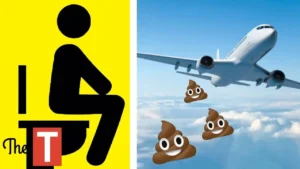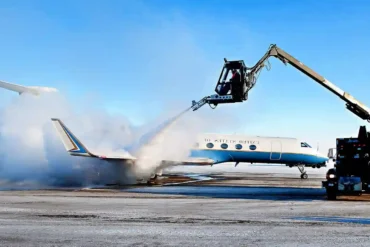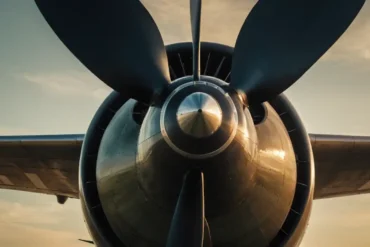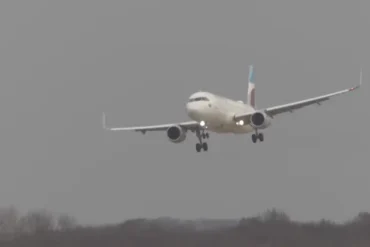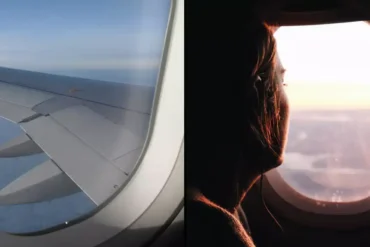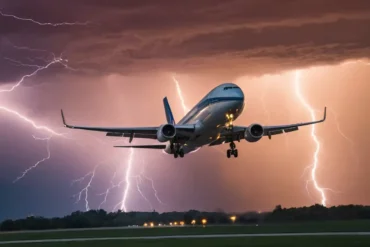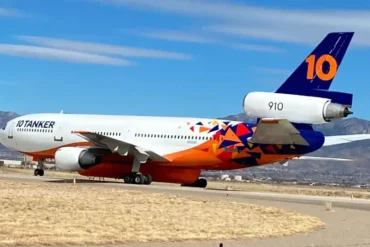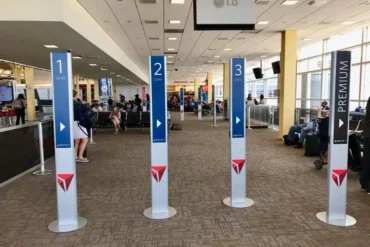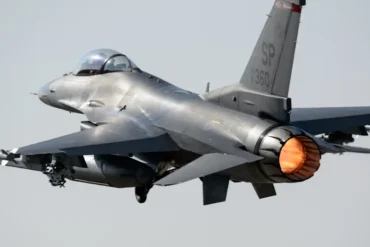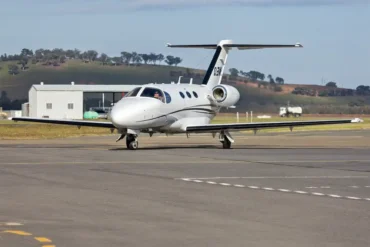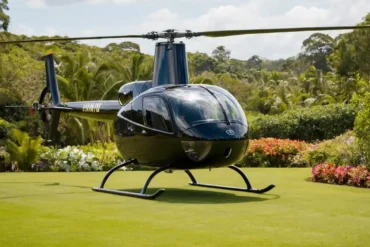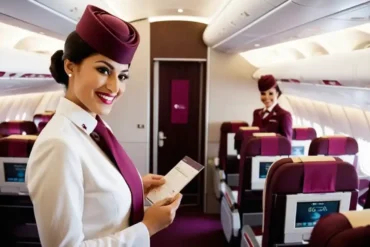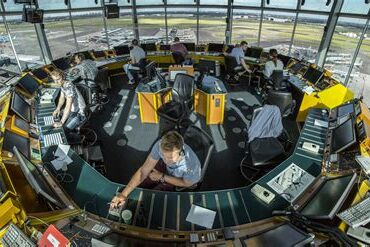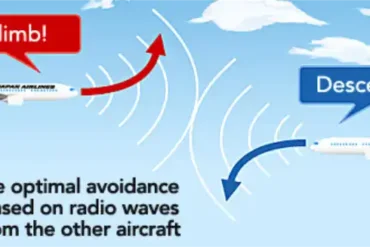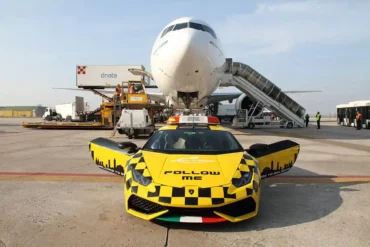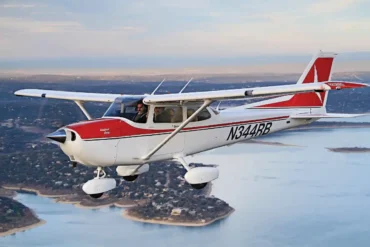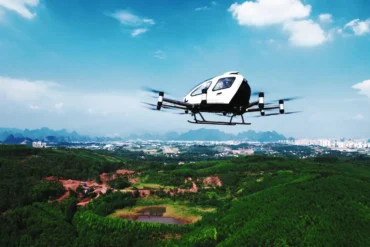Using the restroom on an airplane often feels like squeezing into a tiny closet. It’s not the most fun part of flying, but it’s necessary. A common question arises about these less-than-ideal bathrooms: Where does the waste end up after you flush? Let’s get to the bottom of it.
Despite imaginative theories of waste dropping onto unsuspecting people below, the real answer is simpler.
Modern airplane toilets operate through a vacuum system, first introduced by James Kemper in 1975. This innovative design was adopted by Boeing’s first aircrafts in 1982. Now it’s standard across all planes.
The toilet bowl has a nonstick Teflon-like coating that helps waste get sucked away efficiently. Only a small bit of Skychem disinfectant replaces water in the bowl. When you flush, a powerful vacuum swiftly removes the waste into a sealed holding tank. The vacuum is loud but it’s normal – waste gets sucked out faster than a Formula 1 race car!
Throughout the flight, waste stays secured in the sealed tank, which has an external latch to prevent leaks. When the aircraft lands, a truck removes the waste and takes it to the airport’s underground sewage system.
While using the bathroom on a plane isn’t fun, at least you don’t have to worry about waste getting dropped outside. That’s just another flying myth busted!
